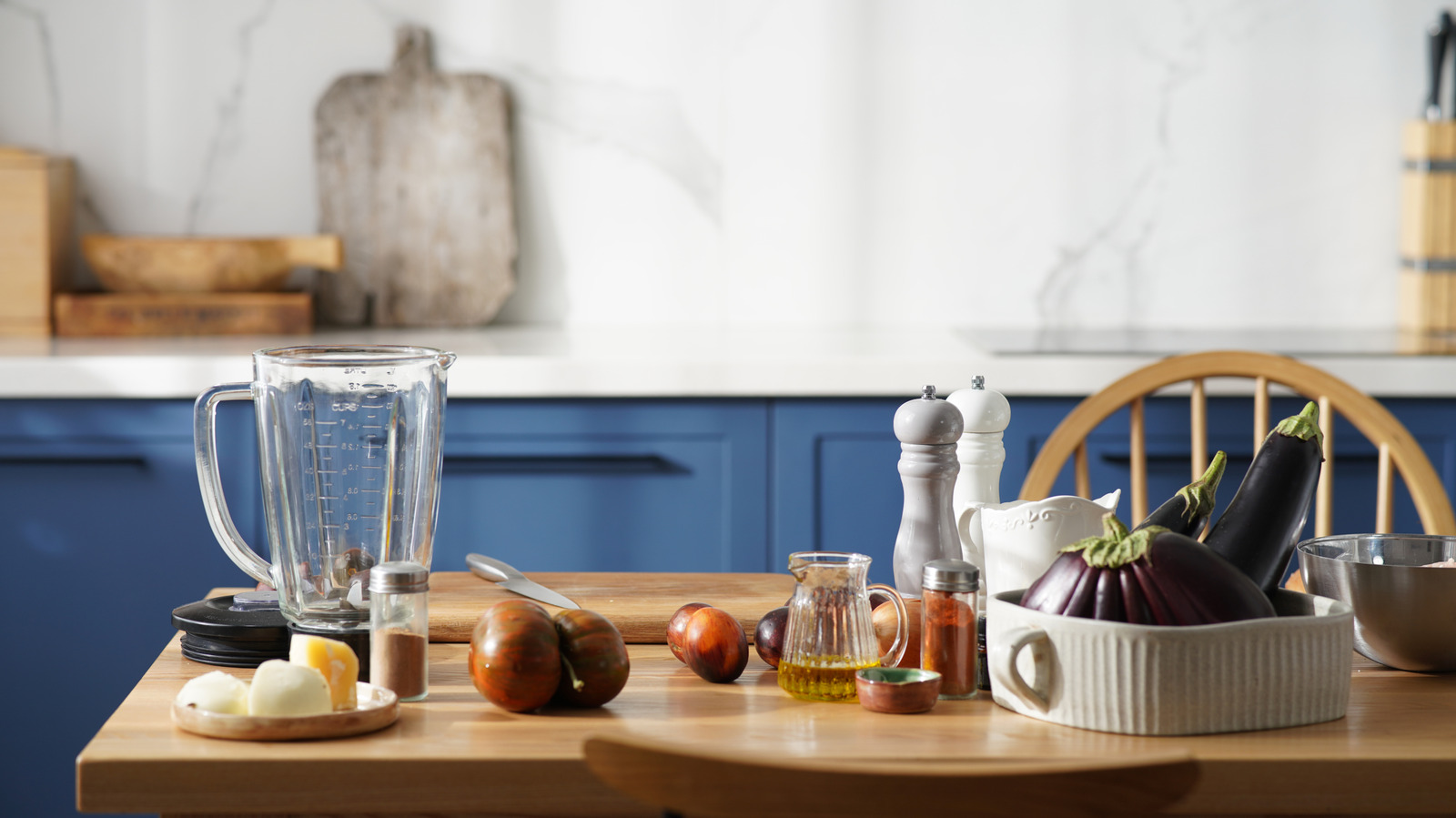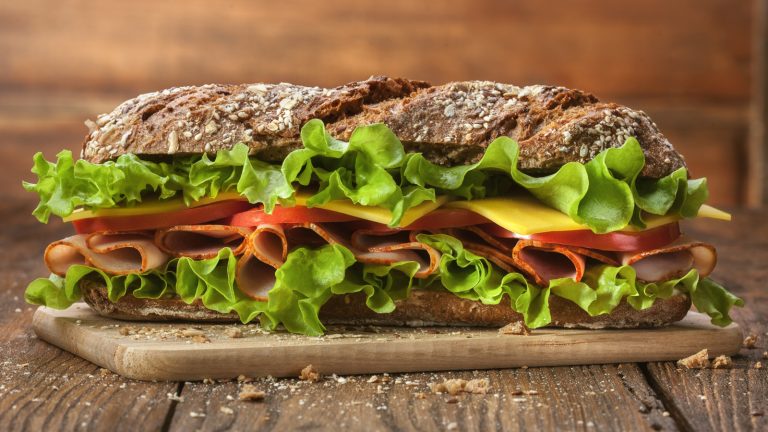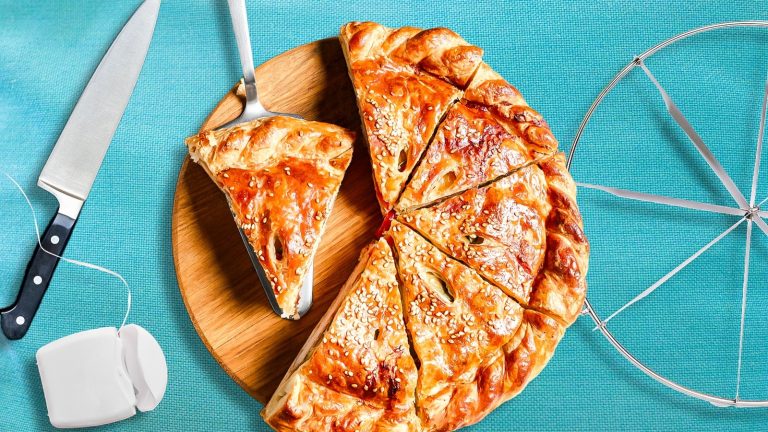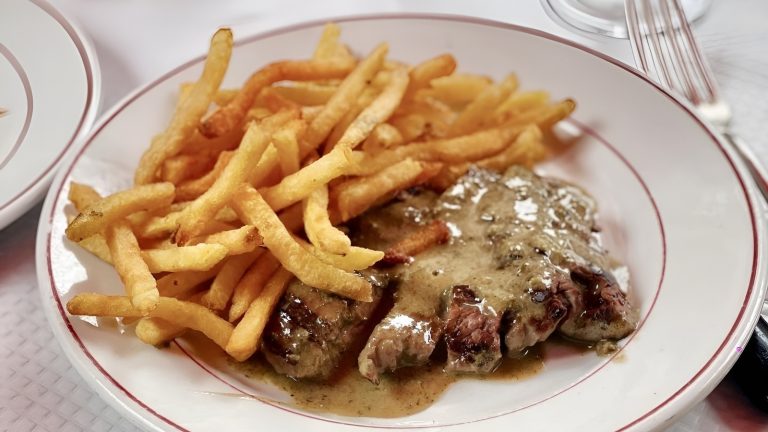There are many different styles of kitchens found in homes across the country, but two types that are both relatively common are rustic and country-style. By the names alone, rustic and country-style kitchens sound like they may be quite similar. However, according to Artem Kropovinsky, an interior designer and founder of the New York-based interior design firm Arsight Studio, there are distinct features and aesthetics that set the two styles of kitchens apart.
“Rustic is more rugged and raw, [while] country-style is softer and more nostalgic, with a slightly polished, homey charm,” says Kropovinsky. Those aesthetics and resulting environment come down to the finishes and materials that are used in either style of kitchen. We’ll break down the key features and finishes of both soon so that you can make the best decision for your kitchen renovation or home purchase (and avoid any outdated kitchen styles before it’s too late). As the interior designer notes, “The choice comes down to whether you’re drawn to a more natural, unfiltered look or a cozier, more curated warmth.” Of course, some features overlap between the two styles regardless.
What is a rustic kitchen?
If you want to achieve a rustic-style kitchen, there are some key components that will give the room that aesthetic. “Rustic kitchens celebrate raw beauty in natural wood, textured surfaces, stone, and hand-forged hardware,” Kropovinsky explains. That means you want exposed wood beams in the ceilings and a wooden dining table or breakfast nook. Alternatively, you may also use a wooden table as the kitchen island instead of a marble top.
No matter how you incorporate the element, some sort of wood, finished or unfinished, should result in a rustic style. “Rustic kitchens often use reclaimed or natural materials that age beautifully but may require more maintenance,” the interior designer adds. You can also still have modern components in the hardware or counters so that the kitchen has a fresh touch.
The colors of the cabinets, walls, and other finishes are also important. “The palette leans earthy and muted, and the design intentionally embraces imperfections to create a lived-in, authentic feel,” Kropovinsky notes. Some color options include those aforementioned earthy tones, such as browns and greens, and neutral tones like cream and shades of gray. Other features of a rustic kitchen include stone walls and accents, butcher block, and even vintage appliances or furniture.
How is a country-style kitchen different?
A kitchen crafted in the country-style differs even more from a rustic one. “Country kitchens feel warm, inviting, and a little more refined,” explains Kropovinsky. “They often feature painted cabinetry (soft creams, pastels, or muted tones), traditional moldings, apron sinks, and cozy details like open shelving or vintage-inspired lighting.” That means instead of exposed wood and reclaimed materials, there might be traditional-style white cabinets and tile. You might even have a vintage-style backsplash that leans into that cozy feel.
There are some perks to choosing a country-style kitchen over a rustic one, especially when it comes to resale value or future renovations. “Country kitchens, with their painted finishes and traditional layouts, can feel more timeless and easy to update, but they sometimes prioritize charm over sleek efficiency,” says Kropovinsky. You don’t necessarily have to stick with white or cream though, because light yellows, mint or moss green, lighter shades of blue, and even beige function in a country-style kitchen.
In addition to the clean finishes, light color palettes, and vintage touches, you can also incorporate Shaker-style cabinets and farmhouse touches like shiplap walls. Regardless of your chosen style, they both offer timeless and distinct features that will set your kitchen apart from the rest.







